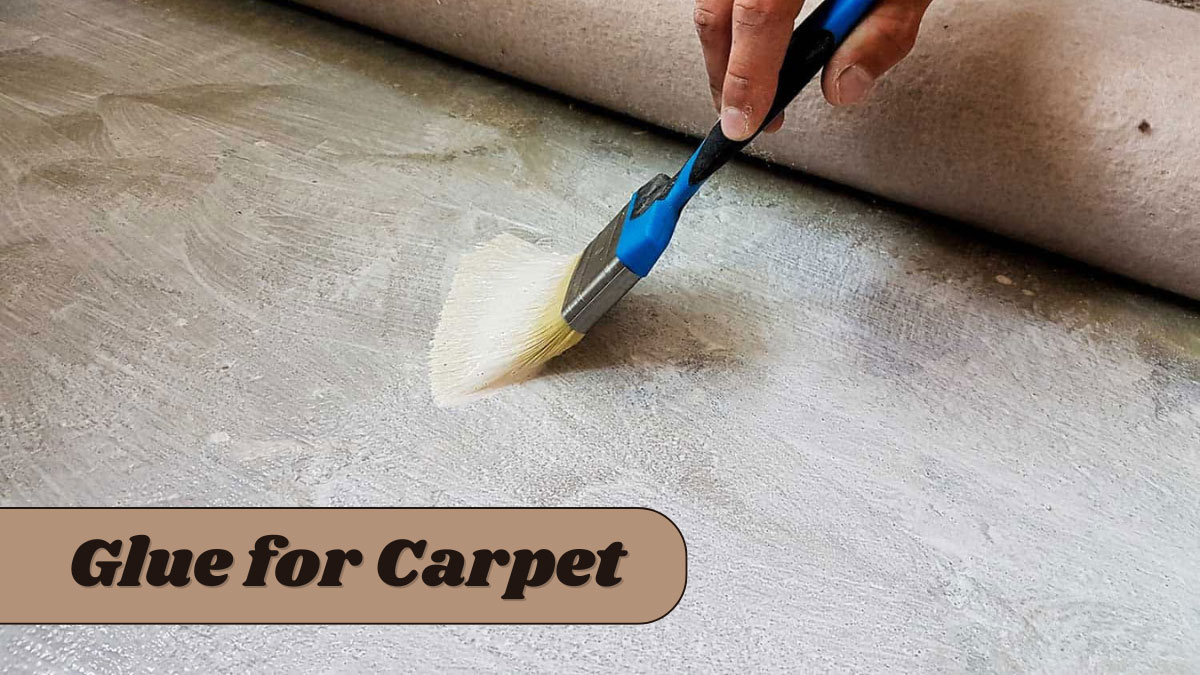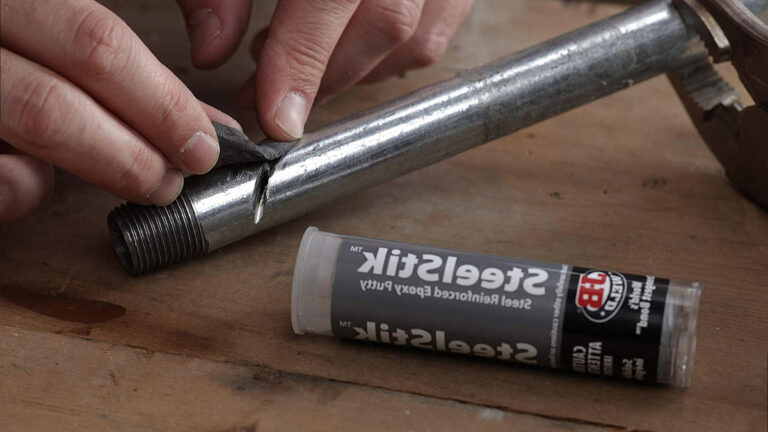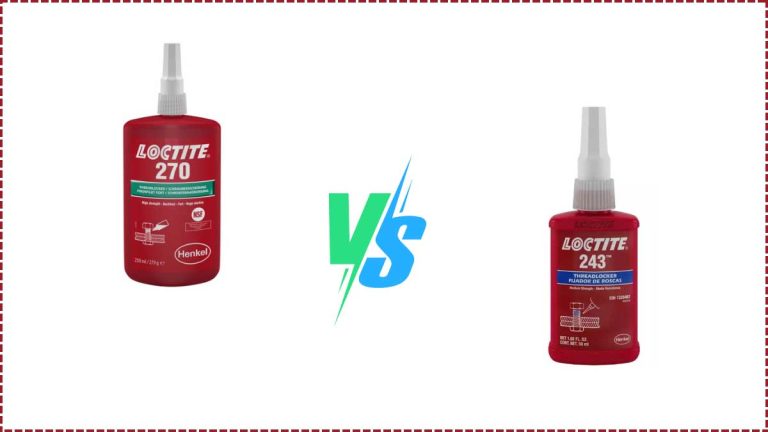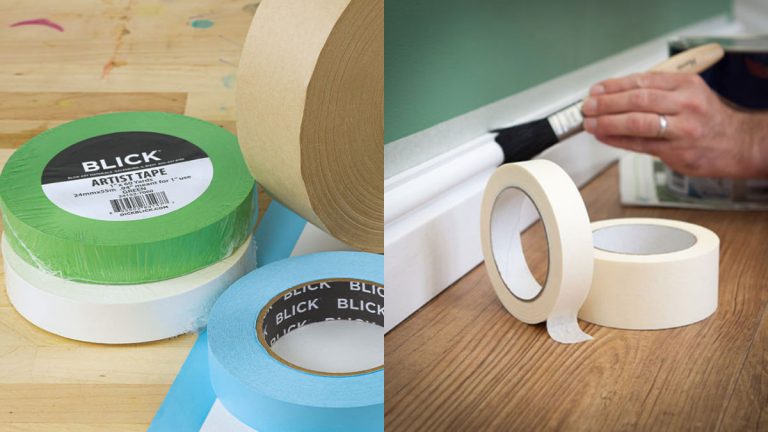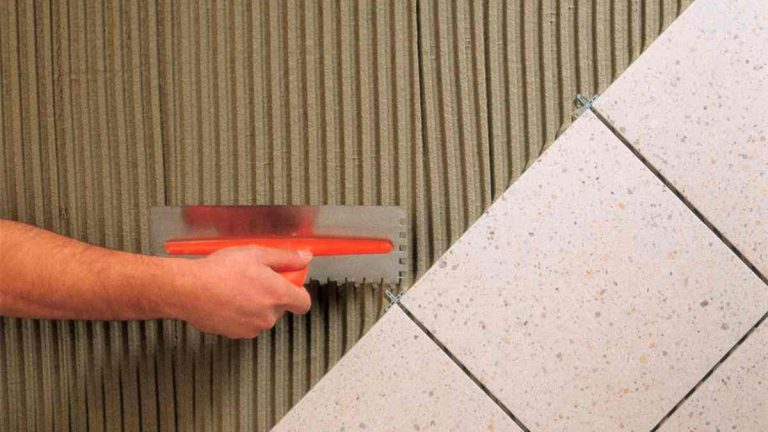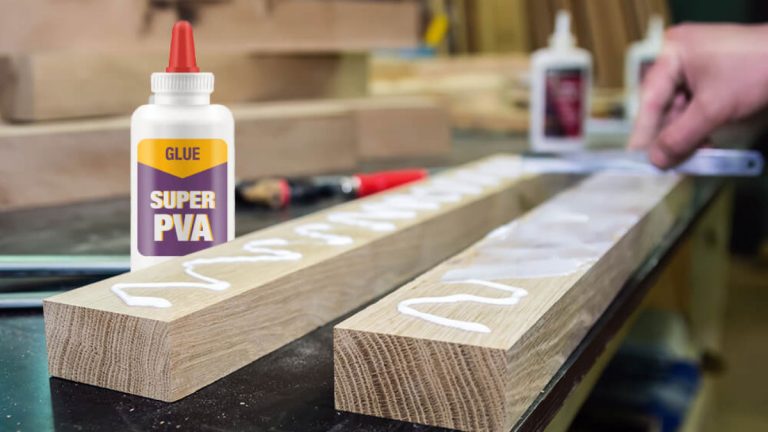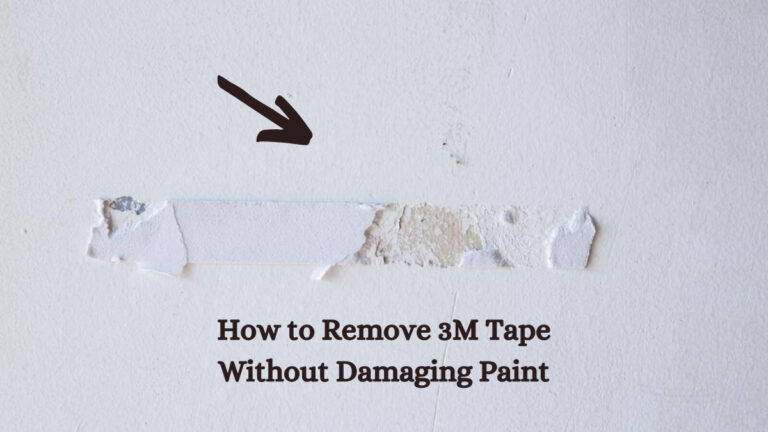Glue for Carpet: Best Adhesives for Durable Installation
Choosing the right glue for your carpet can make all the difference in achieving a professional finish and ensuring long-lasting durability. Whether you’re tackling a DIY project or overseeing a large-scale installation, understanding the types of carpet adhesives available is crucial. Each type has its own set of advantages, tailored to different materials and surfaces.
You’ll find that using the correct adhesive not only simplifies the installation process but also enhances the carpet’s performance. From securing seams to adhering carpet tiles, the right glue ensures your flooring remains firmly in place, preventing common issues like bubbling and shifting. Immerse to discover which glue suits your needs best and how to apply it effectively for impeccable results.
Key Takeaways
- Choosing the Right Glue: Selecting the appropriate adhesive is essential for a professional carpet finish and long-term durability.
- Types of Adhesives: There are various adhesives such as water-based, solvent-based, and hot melt, each with specific characteristics and best-use scenarios.
- Factors to Consider: Important considerations include carpet material, subfloor type, indoor versus outdoor settings, and environmental impact.
- Application Process: Proper surface preparation, correct adhesive application, and allowing appropriate curing time are crucial steps for a successful installation.
- Pros and Cons: Glue-down installations offer solid support and durability, but can be complex to install and difficult to remove.
- Maintenance and Durability: Regular cleaning, choosing the right adhesive, and considering environmental factors will enhance the longevity and performance of your carpet installation.
Types Of Carpet Glue
Carpet glue is essential in achieving a professional finish and ensuring the durability of your carpet installation. Understanding the types of carpet glue helps you choose the right one for your needs, simplifying the installation process and improving carpet performance.
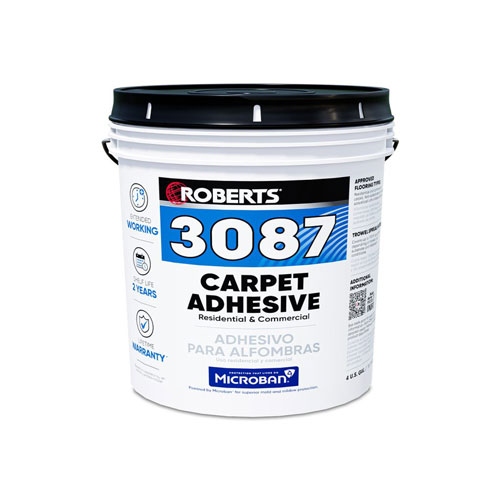
Water-Based Adhesives
Characteristics:
- Environmentally Friendly: Produce fewer fumes, less hazardous.
- Ease of Cleanup: Water-based nature makes them easily cleanable.
- Lower VOC Emissions: Safer for indoor air quality.
Usage:
- Short-Term Applications: Suitable for temporary installations.
- Carpet Tiles: Ideal for installations where ease of removal is essential.
Examples:
- ROBERTS 4002 Carpet Pad Flooring Adhesive: A solvent-free adhesive perfect for rebonded, synthetic, and rubber foam carpet padding.
Solvent-Based Adhesives
Characteristics:
- Strong Bond: More durable than water-based adhesives.
- Higher Fume Emission: Considered more hazardous.
- Robust Performance: Ideal for high-traffic areas.
Usage:
- Longer-Lasting Installations: Suitable for permanent setups.
- Heavy-Duty Applications: Chosen for areas with extensive foot traffic.
Hot Melt Adhesives
Characteristics:
- Quick Setting: Dries fast, reducing downtime.
- Heat Applied: Requires specific equipment for application.
- Versatile: Bonds well with various materials.
Usage:
- Speedy Projects: Perfect for installations needing quick turnaround.
- Diverse Materials: Works well on both carpet and other substrates.
Examples:
- DuraPro AS-612: Known for its high bond strength and versatility across multiple surfaces.
| Type | Characteristics | Usage | Examples |
|---|---|---|---|
| Water-Based | Less hazardous, easily cleaned, low VOC emissions | Short-term, removable installations | ROBERTS 4002 Carpet Pad Flooring Adhesive |
| Solvent-Based | Strong bond, more fumes, robust and durable | Long-lasting, high-traffic areas | Not specified in context |
| Hot Melt | Quick setting, heat applied, very versatile | Fast projects, diverse material use | DuraPro AS-612 |
Choose the appropriate carpet glue to ensure the longevity and aesthetic appeal of your installation. Consider the specific needs of your project and refer to the characteristics, usage, and examples provided for well-informed choice-making.
Factors To Consider When Choosing Glue For Carpet
Selecting the right glue for carpet installation is essential. It ensures proper adhesion and longevity, preventing issues like bubbling and shifting. Below are key factors to guide you in choosing the suitable adhesive.
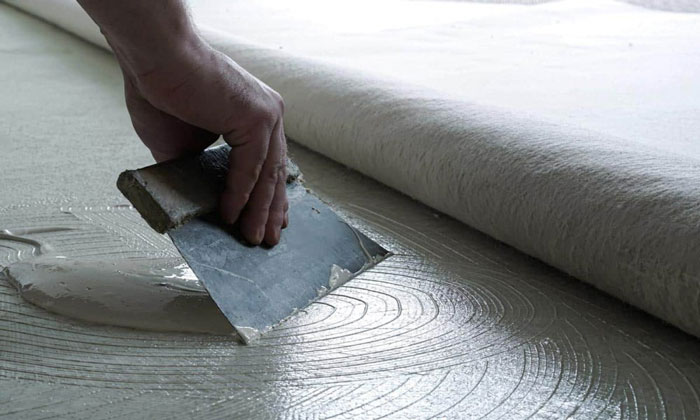
Carpet Material
The type of carpet material affects which adhesive to use. Each carpet backing type requires specific adhesives.
- Latex Unitary and Actionbac® Backings: Use Carpet Lock Plus or Multi Lock Super. These adhesives are effective for synthetic carpet backings.
- Felt-Backed Vinyl Sheet Flooring: Multi Lock Pro and Multi Lock Plus work best. These are formulated for felt-backed vinyl flooring.
- Carpet Tiles: Opt for Ever Bond PSA Pro. This high-solids, acrylic, emulsion-based adhesive is ideal for carpet tile installations.
Subfloor Type
The subfloor type determines the adhesive’s compatibility. Consider the surface to ensure proper bonding.
- Concrete: Requires adhesives like solvent-based types that offer a strong bond.
- Wood: Choose water-based adhesives to avoid damaging the wood.
- Plywood: Water-based or hot melt adhesives work well on plywood.
- Existing Flooring: For vinyl or tile subfloors, select adhesives compatible with non-porous surfaces.
Indoor vs Outdoor Application
Adhesive specifications vary based on whether the installation is indoors or outdoors.
- Indoor: For indoor use, adhesives can be more flexible. Water-based or solvent-based adhesives are suitable depending on the carpet type and subfloor.
- Outdoor: Outdoor adhesives must withstand weather conditions. Solvent-based or specialty outdoor carpet adhesives ensure durability and resistance to moisture.
Environmental Considerations
Consider the environmental impact and air quality when choosing adhesives.
- Low VOC: Choose low-VOC adhesives to reduce harmful emissions and improve indoor air quality. Water-based adhesives typically have lower VOC content.
- Eco-Friendly Materials: Look for adhesives made from sustainable or recycled materials.
- Certifications: Ensure adhesives have certifications such as GreenGuard or LEED, indicating environmental compliance.
By keeping these factors in mind, you can choose the correct glue that ensures a professionally finished and durable carpet installation.
Application Process
Proper application of carpet glue ensures durable and professional results. The process involves crucial steps such as surface preparation, glue application, and setting and curing time.
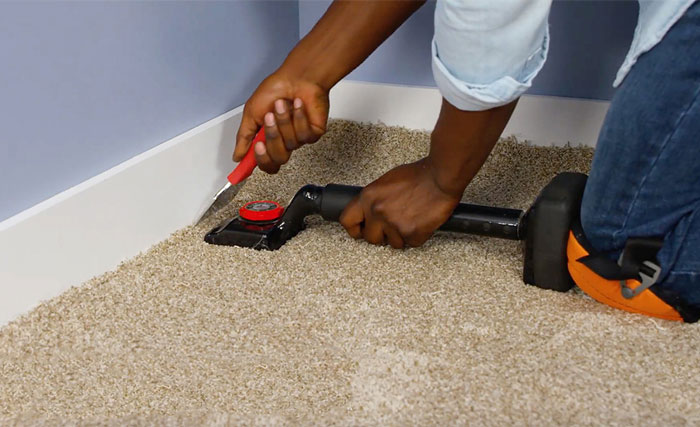
Surface Preparation
- Cleanliness: The floor must be thoroughly cleaned before applying the glue. Use a vacuum or broom to remove dust and debris. Lightly dampen a mop to remove any remaining dust, ensuring the floor is dry before proceeding.
- Subfloor Conditions: Ensure the subfloor is level and free of structural issues such as cracks and dips. For concrete slabs, check for excess moisture and alkalinity, which can degrade the adhesive over time. Use a calcium chloride moisture test kit to verify acceptable moisture levels.
- Remove Old Materials: Clear the area of old carpet, padding, glue, and tack strips to ensure a clean start.
Applying The Glue
- Adhesive Selection: Choose a glue that is suitable for the specific carpet and subfloor type. Always check the manufacturer’s recommendations to ensure compatibility with your carpet’s backing and the subfloor material.
- Application Tools: Use a trowel or adhesive applicator designed for the glue type. This ensures an even spread and proper bonding.
- Spreading the Adhesive: Apply the glue evenly across the subfloor. Follow the adhesive manufacturer’s guidelines about spread rate and working time.
- Positioning: Place the carpet into the adhesive while it’s still tacky. For large areas, work in sections to manage drying times effectively.
Setting And Curing Time
- Initial Bonding: Once the carpet is positioned, press it firmly into the adhesive using a carpet roller. This removes air bubbles and ensures contact between the carpet backing and the glue.
- Drying and Curing: Allow the adhesive to set according to the manufacturer’s specified curing time. Most water-based adhesives need 24-48 hours to fully cure, while hot melt adhesives set almost immediately.
- Ventilation: Ensure the area is well-ventilated during the curing process to dissipate any fumes and accelerate drying.
| Adhesive Type | Initial Bond Time | Full Cure Time | Notes |
|---|---|---|---|
| Water-based | 20-30 minutes | 24-48 hours | Eco-friendly, best for small projects |
| Solvent-based | 15-25 minutes | 72 hours | Strong bond, suitable for high-traffic areas |
| Hot Melt | Immediate | 15-30 minutes | Quick setting, versatile for various materials |
Proper preparation and application ensure a secure and long-lasting carpet installation.
Pros And Cons Of Using Carpet Glue
When deciding on the method for carpet installation, carpet glue often emerges as a favorable option due to various benefits and some drawbacks. Understanding these can help you make an well-informed choice.
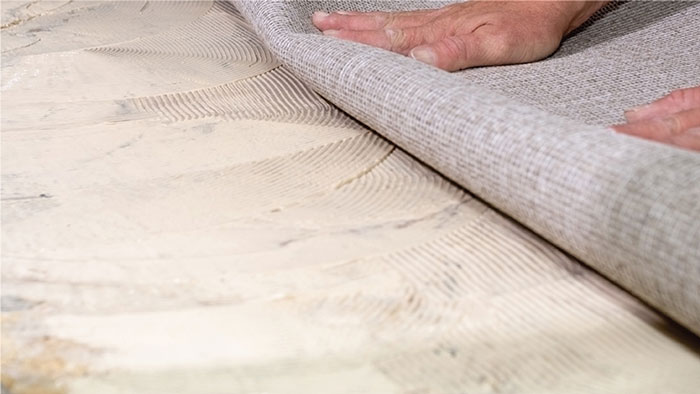
Advantages
- Solid Support and Durability: Carpet glue provides a solid base, making it ideal for high-traffic areas. It minimizes movement and buckling, which is beneficial for environments with wheelchairs and office chairs.
- Low Profile: Glue-down installations have a low profile. This feature is advantageous for transitions between different flooring types like from carpet to linoleum, making the surface safer and more visually appealing.
- Seam Durability: Seams in glue-down carpets are more durable. They are less prone to peaking because there is less movement and flexing compared to other installation methods.
- Suitability for Large Areas: Glue-down carpet installations suit large areas. They handle extensive use without the risk of buckling or rippling.
- Complex Installation Process: The process of gluing down carpet can be more complex and time-consuming. Proper surface preparation and application techniques are crucial for optimal results.
- Difficult Removal: Once installed, removing glue-down carpets can be labor-intensive. The strong adhesive bond makes the detachment process challenging and could require professional assistance.
- Vulnerability to Subfloor Issues: Any imperfections or issues in the subfloor can affect the performance of glued-down carpets. Uneven surfaces or structural problems need addressing before installation.
- Limited Padding Options: With glue-down carpets, you may have fewer options for additional padding. Carpets installed with adhesive often have built-in padding, which might not meet specific comfort preferences.
By weighing these advantages and potential drawbacks, you can determine if carpet glue matches your specific needs and environment.
Maintenance And Durability
Glue for carpet installation plays a crucial role in ensuring a long-lasting, aesthetic finish. Proper care and choice of adhesive significantly impact overall performance.
Cleaning Tips
Maintaining your carpet’s adhesive integrity involves specific cleaning practices.
Subfloor Preparation:
- Ensure the subfloor is clean, dry, and free of old adhesives or substances.
- Remove debris and repair any structural issues.
Adhesive Selection:
- Use the correct adhesive for your subfloor and expected traffic.
- Solvent-based adhesives are suited for high-traffic areas.
- Water-based adhesives are eco-friendly and ideal for short-term use.
Regular Cleaning:
- Avoid Harsh Chemicals: These can degrade adhesive quality.
- Vacuum Frequently: Keeps the carpet clean without damaging the adhesive.
- Spot Cleaning: Use mild detergents for stains.
Longevity Of The Bond
The longevity of your carpet adhesive depends on numerous factors, each contributing to performance over time.
Adhesive Types:
| Adhesive Type | Recommended Use | Durability |
|---|---|---|
| Solvent-Based | High-traffic areas | High durability, excellent bond strength |
| Water-Based | Short-term, eco-friendly options | Lower durability, easy cleanup |
| Hot Melt | Quick installs on various materials | Moderate durability, fast setting |
Environmental Factors:
- Humidity: Excess moisture can weaken adhesives, especially water-based types.
- Temperature: Extreme temperatures affect adhesive bonding and longevity.
Traffic and Wear:
- High Traffic: Solvent-based adhesives perform better under heavy use.
- Low Traffic: Water-based adhesives suffice for less frequented areas.
Proper maintenance ensures your carpet adhesive performs well over time. By choosing the right adhesive and caring for your carpet, you enhance both aesthetics and durability.
Ensuring optimal performance and longevity involves meticulous maintenance and correct adhesive selection. By adhering to these guidelines, your carpet installation will remain robust and aesthetically pleasing.
Conclusion
Choosing the right glue for your carpet installation is essential for achieving a professional finish and ensuring the longevity of your flooring. By understanding the different types of adhesives—water-based, solvent-based, and hot melt—you can select the best option for your specific needs and environment.
Consider factors like carpet material, subfloor type, and whether the application is indoor or outdoor. Proper surface preparation, careful glue application, and adherence to setting and curing times are crucial steps for a successful installation.
By following these guidelines, you can ensure a durable and aesthetically pleasing carpet installation that stands the test of time.
Frequently Asked Questions
What is the importance of selecting the right carpet adhesive?
Selecting the right carpet adhesive is crucial for a professional finish and durability of your carpet installation. The correct adhesive prevents issues like bubbling and shifting, simplifies the installation process, and enhances the overall performance of the carpet.
What are the main types of carpet adhesives?
The main types of carpet adhesives are water-based, solvent-based, and hot melt adhesives. Each type has specific advantages suitable for different materials and surfaces.
When should I use water-based carpet adhesive?
Water-based adhesives are environmentally friendly, easy to clean, and suitable for short-term applications like carpet tiles. They are ideal when temporary installation and low-VOC options are needed.
What are solvent-based adhesives best for?
Solvent-based adhesives provide a strong bond and are ideal for long-lasting installations in high-traffic areas. They emit higher fumes but offer superior durability and performance.
Why choose hot melt adhesives?
Hot melt adhesives are known for their quick setting time and versatility, making them perfect for speedy projects across various materials. They are a good choice when immediate results are needed.
How do I determine the best adhesive based on carpet material?
Different carpet backings require specific adhesives. For example, Carpet Lock Plus is suitable for latex unitary backings, while Ever Bond PSA Pro is recommended for carpet tiles. Always match the adhesive to the carpet material.
What should I consider regarding the subfloor type?
The compatibility of the adhesive with the subfloor is crucial. For example, certain adhesives are recommended for concrete, wood, or plywood surfaces. Ensure the adhesive matches the subfloor for optimal performance.
Can carpet adhesives be used for outdoor installations?
Yes, some carpet adhesives are designed to withstand outdoor conditions. Ensure the adhesive you select is labeled for outdoor use to ensure durability and performance in varying weather conditions.
How important are eco-friendly adhesives?
Eco-friendly adhesives are important for improving indoor air quality due to their low VOC emissions. They are a healthier choice for indoor environments and can help meet environmental standards.
What are the key steps in the carpet glue application process?
Key steps include proper surface preparation, selecting the right adhesive, using appropriate tools, and ensuring even glue application. Follow the adhesive manufacturer’s guidelines on setting and curing times for best results.
What are the pros and cons of using carpet glue?
Pros include solid support, durability, low profile for seamless transitions, and enhanced seam durability. Cons include a complex installation process, difficult removal, vulnerability to subfloor issues, and limited padding options.
How can I clean carpet to preserve adhesive integrity?
Avoid harsh chemicals, vacuum frequently, and use mild detergents for spot cleaning. Proper cleaning helps maintain the bond and ensures the longevity of the carpet installation.
How does subfloor preparation influence the longevity of carpet glue?
A clean, dry, and level subfloor is essential for a strong bond. Proper subfloor preparation prevents structural issues and extends the lifespan of the adhesive bond and carpet installation.

